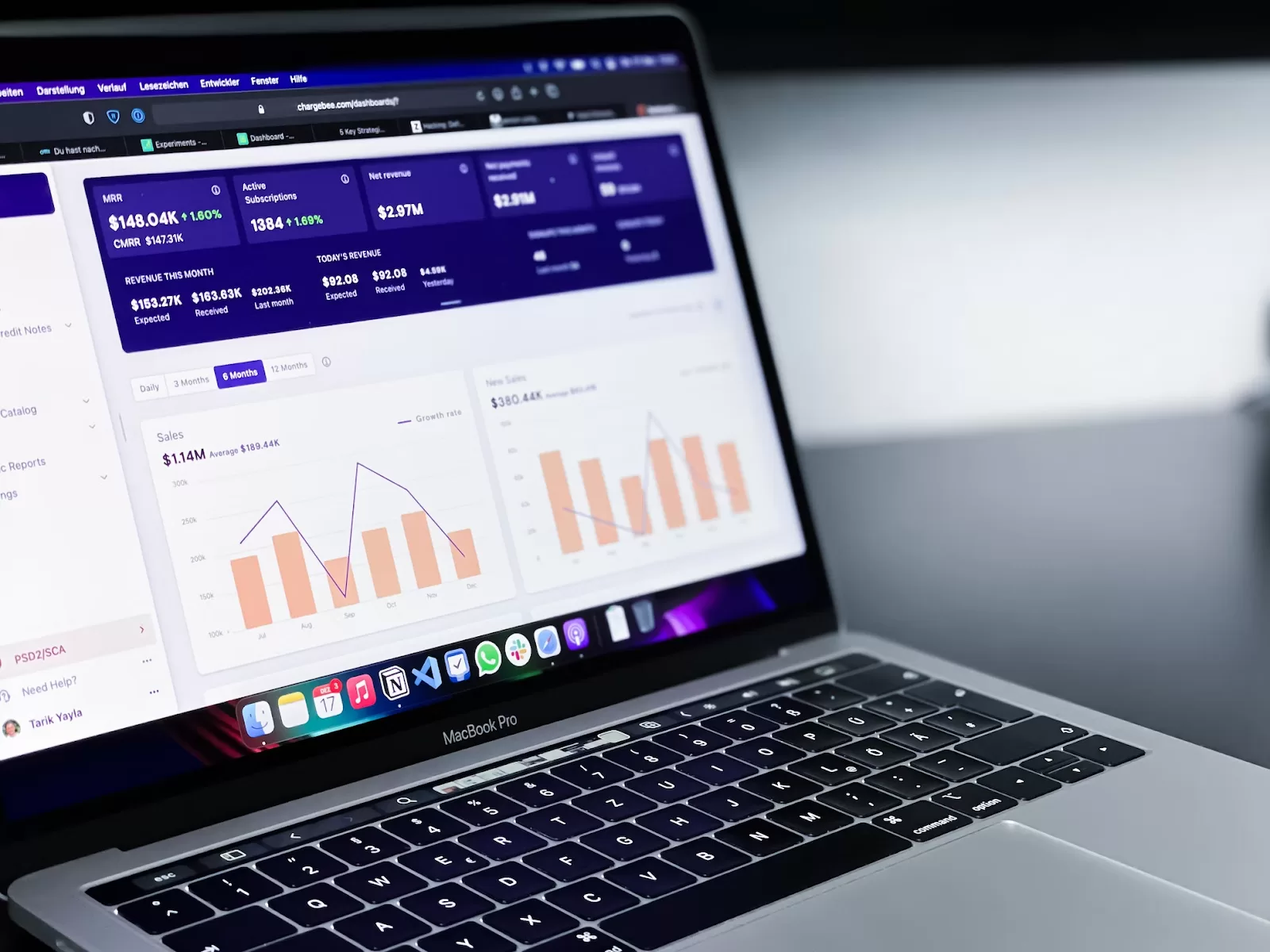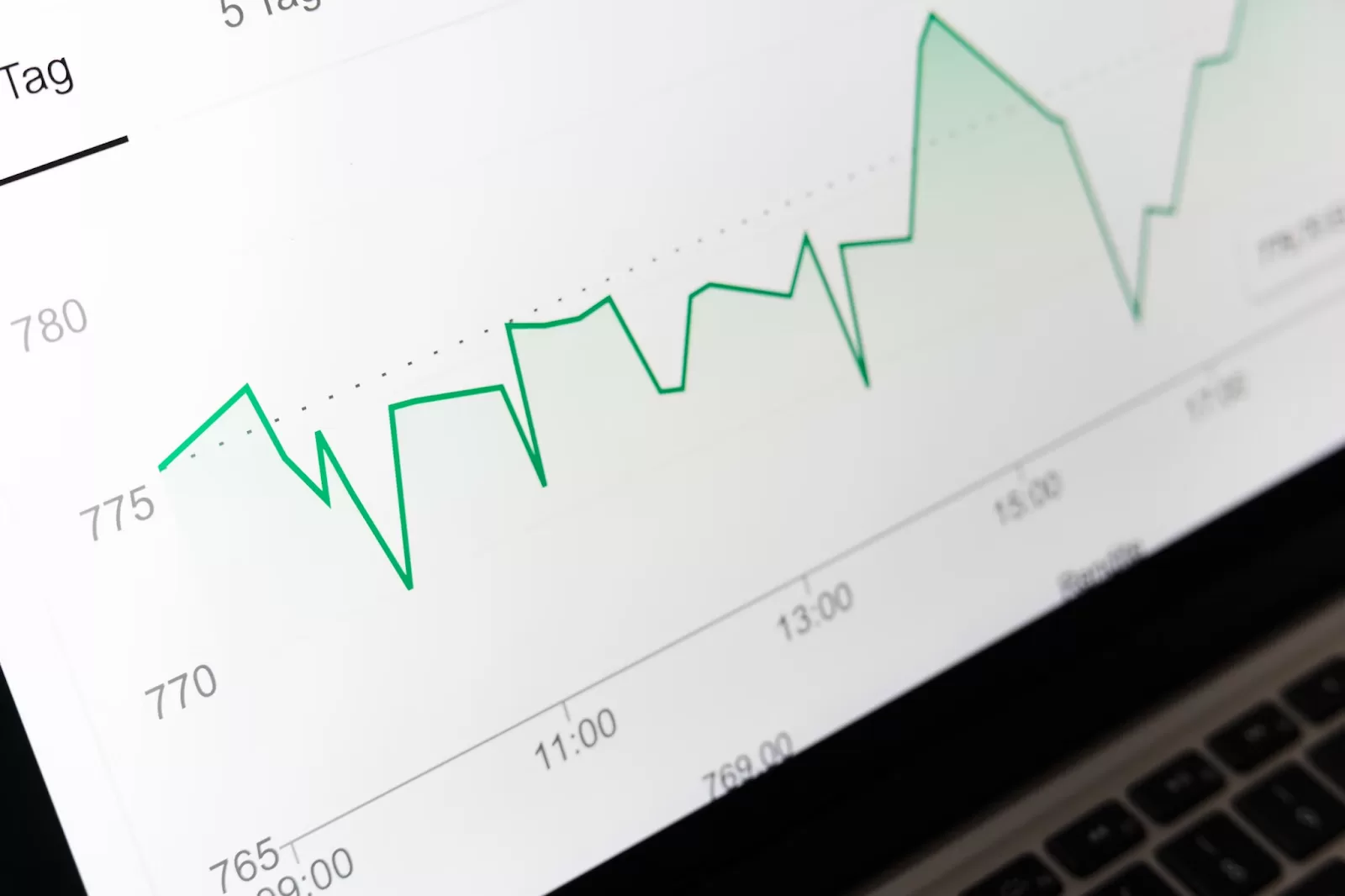As competition continues to increase across virtually every sector, it is becoming ever-clearer that marketers must increase their reliance on data to create successful campaigns. Most are no strangers to using data to improve their campaigns; in fact, 70% of leading marketers indicate that their companies use data to support decision-making. It is a common goal amongst these professionals, and leveraging predictive analytics can help achieve it.
Through the following sections, you’ll learn what predictive analytics is all about, how marketers are using it to drive ROI, the steps you need to take to apply predictive analytics to your own campaigns, and the tools you can use to automate all of it.
What Is Predictive Analytics, and How Can It Benefit Your Marketing?

Predictive analytics is a form of research that uses a variety of data sources to anticipate future trends in consumer behavior. If you’ve ever wanted to peer into your customers’ minds to figure out their deepest desires or understand their paths to purchase, predictive analytics can help you accomplish those objectives.
Engaging in predictive analytics can have a number of additional benefits for marketers, as well, such as:
- The mitigation of bias as you create your advertising campaigns
- Improved customer retention through personalized experiences
- Preparation for a future without third-party data derived from cookies
- Targeting the right audience for improved customer engagement
- Improved efficiency and resource allocation with better forecasting
- Optimized advertising campaigns based on historical data
Predictive analytics is vital for marketers who want to reap the perks of making better, more data-driven decisions with the potential to increase marketing effectiveness and drive ROI.
A Brief Explanation of Predictive Analytics Models
Predictive analytics runs on models. These behave much like algorithms, taking in the data you feed them and delivering a meaningful output that can help you make better decisions regarding your marketing campaigns.
Though there are many different predictive analytics models out there, some of the most popular options include the following:
- Cluster Models: Segmenting or categorizing your audience based on specific attributes
- Propensity Models: Predicting the likelihood a customer will either click and buy or walk away
- Forecast Models: Leveraging past data to make future predictions about behaviors
- Time-Series Models: Analyzing specific time periods to make future predictions
- Neural Networks: Mimicking human intelligence to make connections and find trends
- Recommendations Filtering: Analyzing purchase histories to find sales opportunities
With a clear picture of the models that marketers are commonly using to drive their success, your next step is to understand how to use them to create actionable insights for your marketing.
The Six Basic Steps of the Predictive Analytics Process
The point of leveraging predictive analytics is to drive results and obtain valuable outcomes in your marketing, and in order to do that, you need a methodical, repeatable process you can use to develop, deploy, and validate models for maximum returns.
These six steps represent the flow of such a process:
1. Define the Project
Before you set off on any journey, you need to know where your destination lies. As such, the first step in the predictive analysis process is to define the project and figure out the problem you’d like to solve. For marketing professionals, it may be figuring out how to improve customer recommendations or increase sales by 25%.
In any case, at the end of this first step, you should know the objective, scope, and deliverables for the project, along with the kind of data you need to collect and analyze.
2. Collect the Data
All successful predictive analytics campaigns rely on the use of good data inputs. Here, you will likely use a mix of first-party data (collected through direct interactions with customers) and third-party data, such as weather patterns, geolocation information, and historical trends.
3. Clean and Prepare the Data
You cannot simply take the raw data you collect and train your model on it. You first need to clean the dataset by removing any outliers and filling in informational gaps. Take advantage of the knowledge of a qualified statistician or data analyst to identify what data sets are available and which data is most relevant to your initial business goal.
4. Build and Test Your Model
You’ll want to consult a data scientist to help you select a model that is likely to generate the most valuable outcome, given the goal you’ve set out to accomplish. Once you select your model, work backward to figure out how you should organize your raw data into that model’s features.
It may take a bit of work to strike the proper balance between accuracy, explainability, and performance, and your data analyst may employ a data wrangler to help make sure your calculations will be useful for making business and marketing decisions.
5. Deploy Your Model
By now, you must deploy your model in the real world to gain meaningful results that you can use in your marketing campaigns. Employ the expertise of a data engineer to help you create a repeatable process for obtaining, cleaning, and transforming raw data so that you can use your model to automate decision-making and drive future results.
6. Monitor and Refine Your Model
As customer sentiment, buying habits, and the overall business climate change, so too may your model’s performance, and in some cases, bad actors can intentionally try to subvert the accuracy of your model. Either way, you will likely need to set a performance threshold for your model and update it once it reaches its limit. Doing so will help ensure that the model’s output remains reliable and accurate for decision-making purposes.

Types of Data You Can Use for Leveraging Predictive Analytics
Using the right type of data is half the battle when it comes to predictive analytics. Marketers who experience the most success with it use a mix of data types, the most common of which are as follows:
- First-Party: Data collected through direct customer interactions
- Third-Party: Data derived from an external source, like trend reports
- Weather: Insights about how weather patterns affect consumer behavior
- Location: Data showing the buying habits of customers based on geography
- Contextual: Data that helps predict customer wants and needs based on their environment
- Historical: Using information collected in the past to predict future trends
- Real-Time: Fresh information that changes based on immediate behaviors
Using the right data can make all the difference in the reliability and effectiveness of your predictive analytics model.
Tools to Help You Master Predictive Analytics in Your Marketing
Besides leveraging the help of data scientists, data engineers, and statisticians, there are other tools — namely software platforms — that can help make the process of predictive analytics quicker and easier, such as:
Unified Marketing Measurement
Having a plethora of historical data readily available is crucial for any marketing professional wanting to use predictive analytics to drive results. As customers interact with your campaigns and move through your funnel, you must be able to track each of their interactions. Doing so helps you build models that can predict future customer behavior based on what has occurred in the past.
From there, you must clean and organize the data into something useful for your model. Unified marketing measurement platforms automate the process for you by collecting first and third-party information regarding market trends and customer engagements across channels, transforming the data into something meaningful, and then making it available to all authorized stakeholders through a central source of truth. Together, they automate the data collection and preparation process for true predictive analytics success.
Data Analytics Platforms
Data analytics platforms are focused on using artificial intelligence to help business owners uncover business intelligence and actionable insights. Many of these platforms are able to collect data from hundreds of different sources, which can save you the time you would normally spend manually sourcing the data.
Data analytics engines can then connect, analyze, and explore that information, allowing you to create advanced visualizations and share them with your teammates in other departments.
If you choose to use a data analytics platform, ensure that it incorporates machine learning and data science processes to guarantee the most reliable results.
Finding Success With Data-Driven Marketing
As society continues to barrel toward digital transformation, there’s no doubt that it will only become more important as time goes on, and understanding the importance of leveraging predictive analytics now will help you stay ready for whatever the future of marketing brings your way. By incorporating these tactics and tools into your marketing process, you’ll discover new ways to better connect with your customers and keep pushing your business goals forward.
